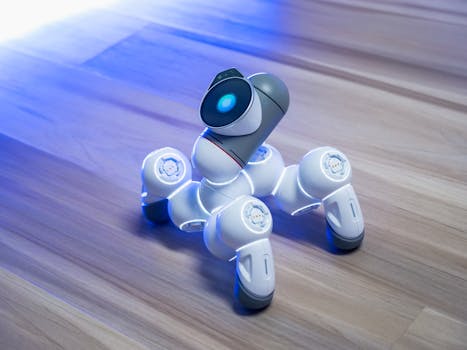
Smart Homes 2025: The Rise of AI-Driven Devices
Smart Homes 2025: The Rise of AI-Driven Devices is a revolutionary concept that is changing the way we live and interact with our homes. With the integration of Artificial Intelligence (AI) and Internet of Things (IoT) technology, homes are becoming smarter, more efficient, and more convenient. In this article, we will explore the rise of AI-driven devices in smart homes and how they are transforming the way we live.
What are Smart Homes?
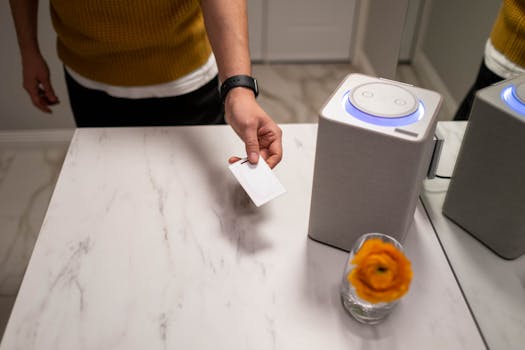
A smart home is a home that is equipped with advanced technology and devices that can be controlled and monitored remotely. These devices can include thermostats, lighting systems, security cameras, and entertainment systems, among others. With the help of AI and IoT, these devices can learn and adapt to our habits and preferences, making our lives easier and more comfortable.
AI-Driven Devices in Smart Homes

AI-driven devices are the backbone of smart homes. These devices use machine learning algorithms to learn and adapt to our habits and preferences, making our lives easier and more convenient. Some examples of AI-driven devices in smart homes include:
- Virtual assistants like Amazon Alexa and Google Home
- Smart thermostats like Nest and Ecobee
- Smart lighting systems like Philips Hue and LIFX
- Smart security cameras like Ring and Nest Cam
Benefits of AI-Driven Devices in Smart Homes
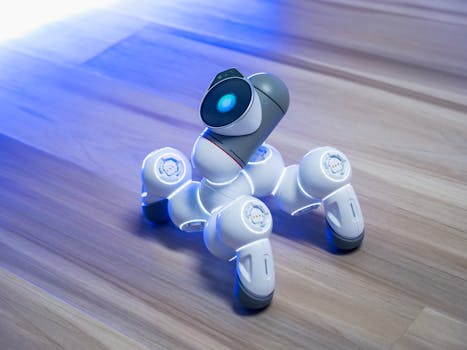
The benefits of AI-driven devices in smart homes are numerous. Some of the most significant advantages include:
- Increased convenience: AI-driven devices can learn and adapt to our habits and preferences, making our lives easier and more convenient.
- Energy efficiency: Smart thermostats and lighting systems can help reduce energy consumption and lower our utility bills.
- Improved safety: Smart security cameras and doorbells can help protect our homes and families from potential threats.
- Enhanced entertainment: Smart entertainment systems can provide us with access to a wide range of movies, TV shows, and music.
Challenges and Limitations of AI-Driven Devices in Smart Homes
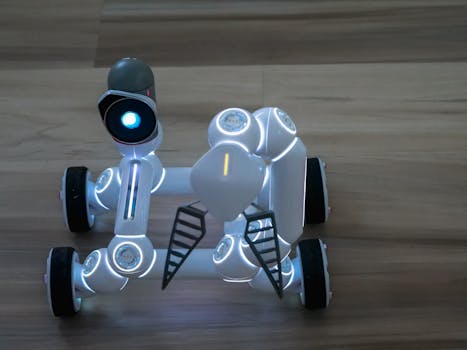
While AI-driven devices in smart homes offer many benefits, there are also some challenges and limitations to consider. Some of the most significant concerns include:
- Privacy: AI-driven devices can collect and store large amounts of personal data, raising concerns about privacy and security.
- Compatibility: Different devices and systems may not be compatible with each other, making it difficult to integrate them into a single smart home system.
- Cost: AI-driven devices can be expensive, making them inaccessible to many people.
- Dependence on technology: Smart homes can be dependent on technology, which can be unreliable and prone to glitches.
Conclusion
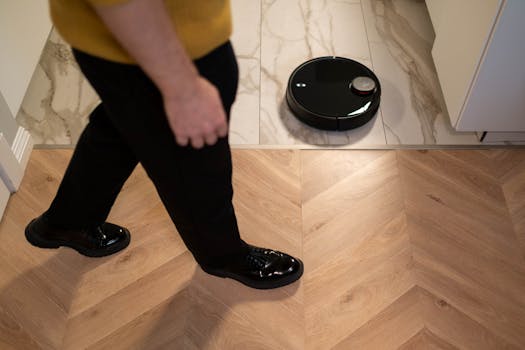
In conclusion, Smart Homes 2025: The Rise of AI-Driven Devices is a revolutionary concept that is changing the way we live and interact with our homes. With the integration of AI and IoT technology, homes are becoming smarter, more efficient, and more convenient. While there are some challenges and limitations to consider, the benefits of AI-driven devices in smart homes are numerous and significant. As technology continues to evolve and improve, we can expect to see even more innovative and exciting developments in the world of smart homes.






